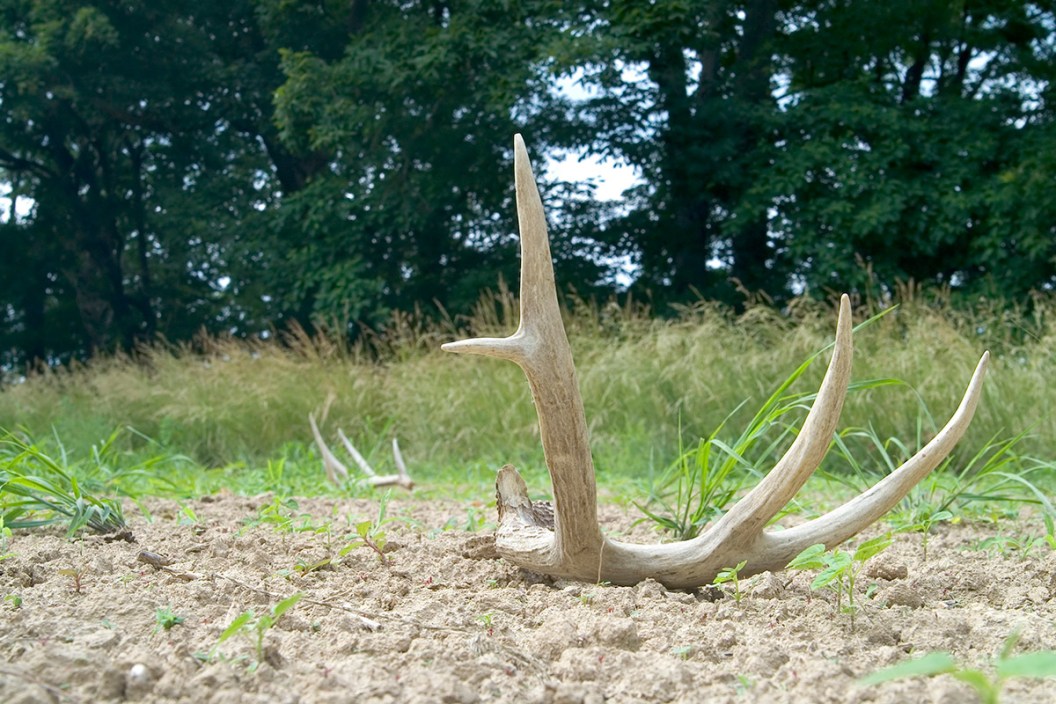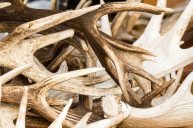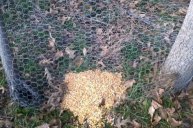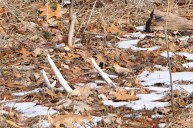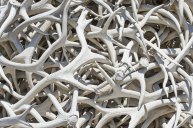Shed hunting has long been one of my favorite activities. Hiking through the woods looking for fallen white gold, in hopes of bringing back a cool trophy and setting it on your mantle. When deer season comes to a close, it can be easy to get the blues as you wait nearly nine months until next season's opener. Shed hunting is a great way to fight those blues by getting back in the outdoors and surrounding yourself with the whitetail hunting, even if it is only for their antlers.
I probably don't need to convince you about how great of an experience shed hunting can be. If you've done it before, you know just how great the adrenaline rush is when you fight that first shed, and how it continues onto the second, the third and so on. But what if I told you that it can play a massive role in your fall season success? The truth is, shed hunting gives me more intel to use for the hunting season than any other form of scouting.
Here are some of the reasons why shed hunting is crucial to your fall deer hunting success and why you need to get out there this spring and look for some white gold.
Taking Inventory
One of my favorite things about shed hunting is that I can essentially take an inventory count of what bucks made it through the year. By looking at my trail cam pictures and matching them with the sheds that I have found, I can get a better understanding of what bucks survived and which ones might make the hit list for the upcoming season.
Bucks go through a lot between November and February, and nature can put a heavy burden on these animals. Factors such as rut exhaustion, low food supplies, brutal frigid temperatures, hunting pressure, making it through the winter isn't exactly an easy task, especially for an older class whitetail. For this reason, taking inventory by finding sheds will help you create a better game plan and give you adequate expectations on what your deer herd will look like next year, and what you might better be able to improve on to make that winter transition easier on your herd.
Analyze Growth Rates
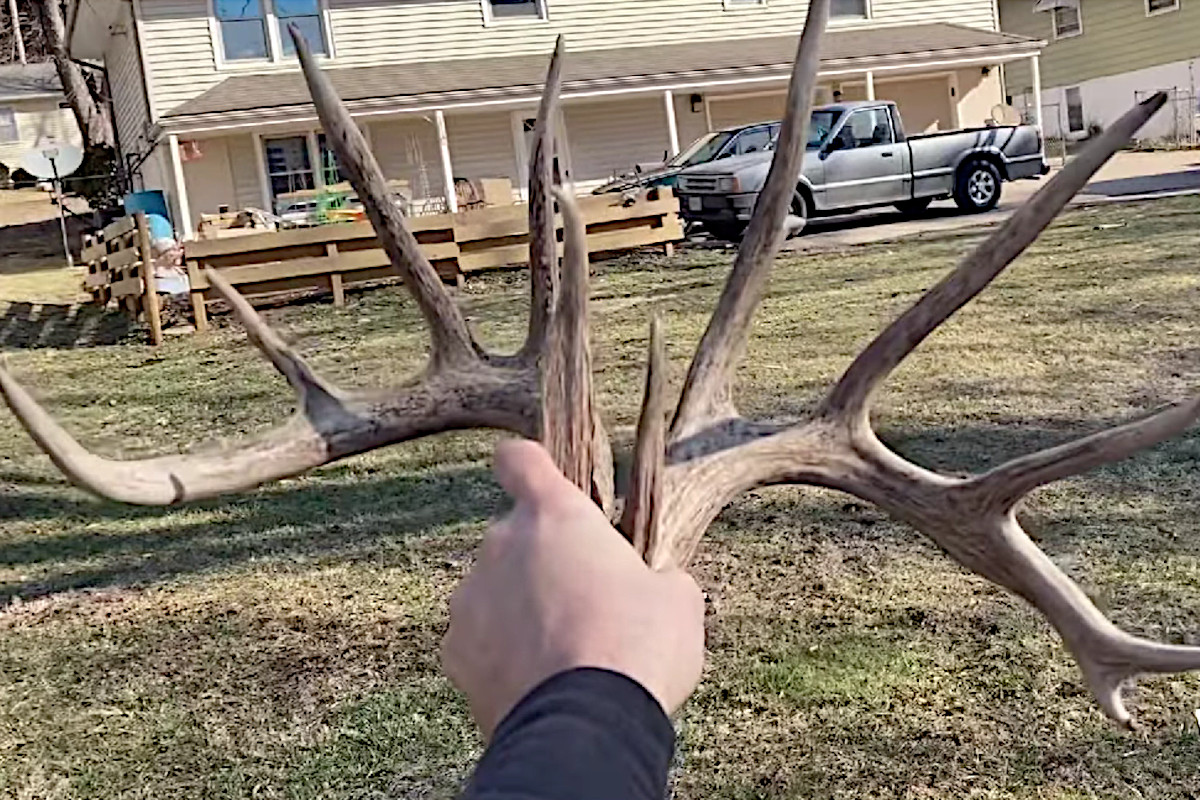
YouTube: Buck Fieber Outdoors
Looking at growth rates can tell you a lot about the health of your deer herd. It can tell you if your food supply is lacking, if the overall genetics on your property are bad, if your deer are having too much stress during the growing period, etc. All of this data helps create a bigger picture of where you hunt, and will allow you to take the necessary steps to either correct it, or continue it if it is working.
While you can somewhat analyze growth rates via trail cam pictures, nothing really beats the real thing. Having a shed in your hunt, especially when able to compare it a shed from the same deer in years past, will give you an up close look at what the growth looks like on your property. Some people find sheds and just immediately hang them up as a decoration, instead, trying examining it first and comparing it to previously found sheds, or older trail cam pictures. You might be surprised at what all it tells you!
Finding Hidden Spots
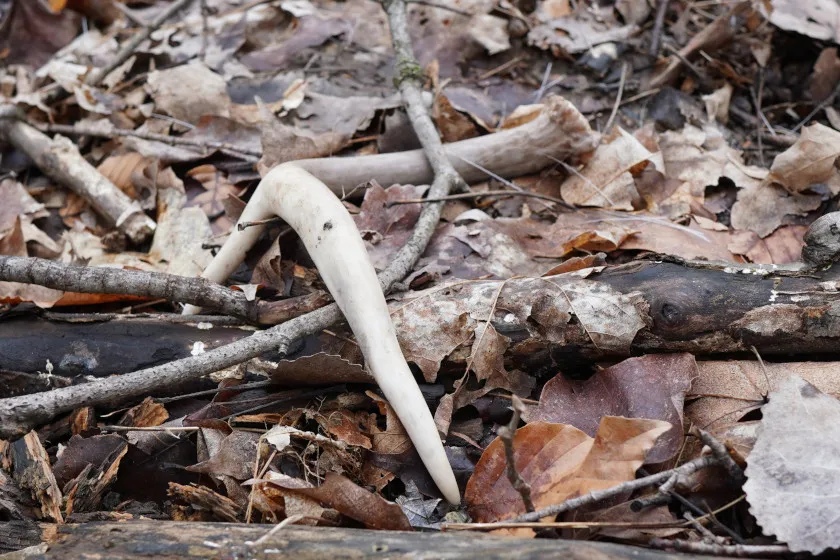
Travis Smola
A couple of years ago I was shed hunting one of the properties I have permission on. I had been hunting this property for years, and realized that I had never explored this thick area in the back left corner of the property. Well it turns out, the deer must have known that I had never been there, because within 20 minutes I was able to find 9 sheds. Sure, some of them were older, but it opened up a barrel of ideas for how I could hunt this spot the following season.
You never know what you're going to find when shed hunting, and that's the point. You can easily stumble upon a honey-hole that you didn't even know existed. One of the biggest motivators for me to get out shed hunting is the desire to find spots to hunt that I may have been missing all along.
Build Relationships

kyletperry via Getty Images
I have mentioned this in previous articles, but I think it's important to go over again because this has been extremely successful for me. Oftentimes when you are knocking on doors trying to gain hunting permission, you probably come off pushy (I know I do). And the truth is, for most non-hunters, not wanting some random stranger to bring a weapon on their property and sit in a tree for four months out of the year is pretty understandable.
With shed hunting, this gives you a way to appear less threatening, and allows you to build a relationship with the property owner from early spring all the way to late fall when the season starts. Asking someone to look for antlers on their property comes off a lot more positive than asking to hunt. Once you get access to look for antlers, offer to help with outdoors chores, show them that you truly respect their property. You never know, they might just offer up hunting access before fall!
Incorporate Scouting Apps
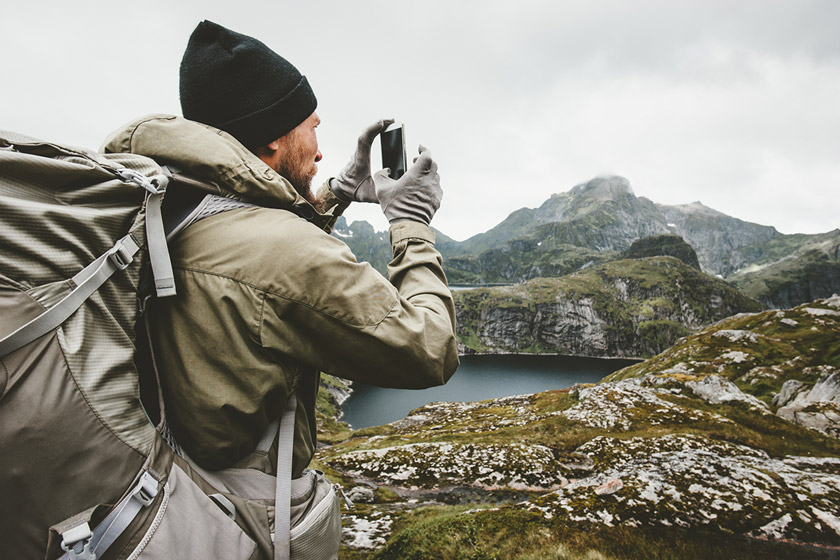
Getty: Everste
Satellite scouting apps have been one of the greatest innovations for the hunting community since the development of trail cameras. Not just limited to viewing terrain features and property lines, but we as hunters can keep a library of information stored on a map of where we are hunting. From primary scrapes we have found, sheds, bedding areas, rub lines, the list goes on.
While shed hunting, have your scouting app pulled up and mark down what your are noticing. Shed hunting requires putting a lot of miles on your boots, and throughout those miles, there's no telling how much deer sign you're going to come across. But if you don't take note of that, in hopes of determining a pattern in the deer behavior, it's useless.
Shed hunting is so much more than just finding antlers. It's a natural phenomenon that gives us a bigger glimpse into the natural way of how deer operate. If you use it to your advantage, you can gain a better understanding of how your deer herd behaves, and how to use that the following deer season. And if nothing else, you got to enjoy a great spring hike in the outdoors that we all love. Good luck!
